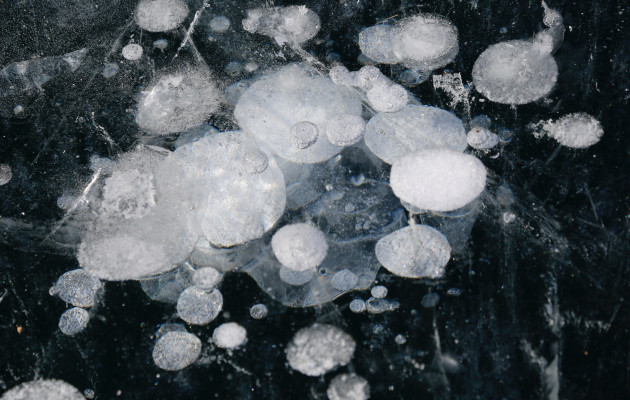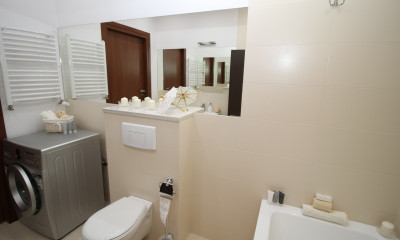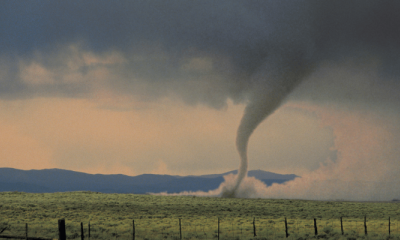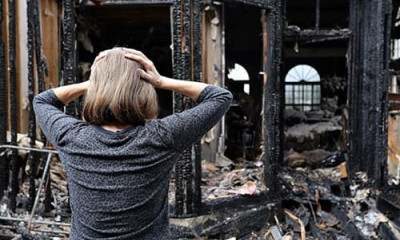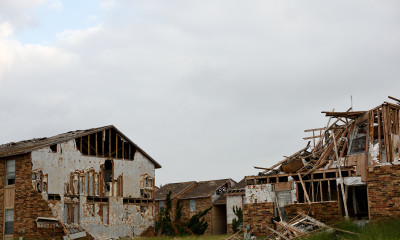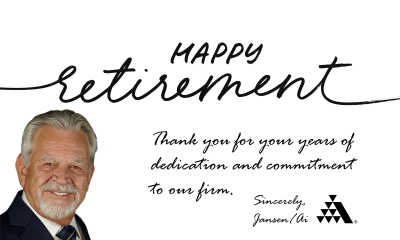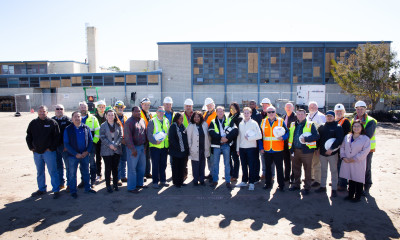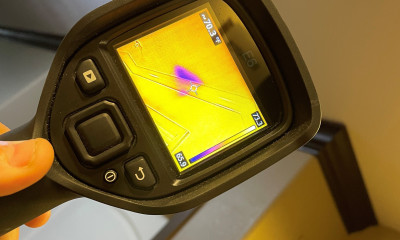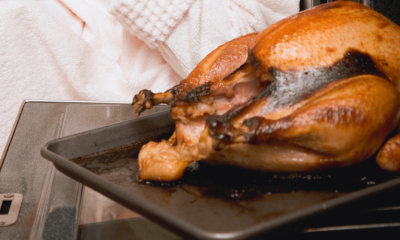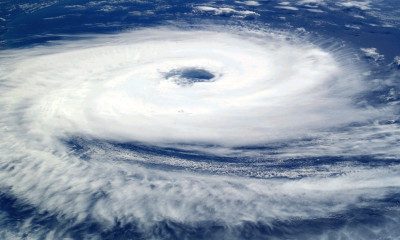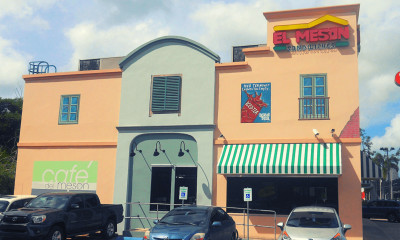Hail Damage as a Covered Peril in North Texas
The hail season in Texas can cause devastating damage to homes, businesses, landscaping, vehicles, and more. Generally occurring between March and May, it is not uncommon to have severe winds and hail occurring in North Texas in June and July as well. According to a 2020 report released by the National Insurance Crime Bureau (NICB), Texas was the top state in the country for total hail loss claims between 2017 and 2019 with 637,977 claims filed, translating to billions of dollars in damage.
For this reason, some insurers may not want to continue fully covering hail damage. This is alarming for all policyholders, but especially commercial and multi-family owners and investors.
Due in large part to volatile weather conditions across the country, property damage insurance claims frequency and severity are on the rise for roof damage. As a result, insurers are considering eliminating coverage for cosmetic damage from wind and hail. Cosmetic damage is that which affects the appearance of a roof, but not its function. It includes the denting, pitting, scratching, marring, and discoloration that hail can cause but has no effect on water penetrating a structure. Physical damage prohibits the roof from functioning as a barrier.
Hail damage can be serious, but it is difficult to detect. In some cases, it can take two to three years for a roof to leak following one or more hailstorms. Onsite managers of multi-family properties often do not even realize that hail damage has occurred.
The three types of roofs commonly found in multi-family real estate each have their own problems and methods for detection.
Tar and Gravel Roof: On these types of roofs, the gravel must be brushed back so that a core sample can be removed. The sample is then sent to a building forensic lab for analysis to discover hail damage.
Modified Bitumen Roof: It is easier to see hail damage on this kind of roof as hail usually leaves a star shape or circles around the point of impact.
Ethylene Propylene Diene Monomer (EPDM): Although the membrane of a "rubber" roof may not have been cut, the Styrofoam insulation board under the rubber may be damaged resulting in ponding.
The increase in claims has insurers concerned about their loss ratios. Reducing the scope of the damage is the first step but it has not provided enough relief. This has led insurers to look for other options such as increasing premiums. Increasing rates and offering higher deductibles is always the first idea when it comes to improving their loss ratios. However, obtaining approval for rate increases is very time-consuming and does not always prove successful. In lieu of rate increases, many insurers add exclusions that might reduce their loss experience. The reduction of coverage may make it possible to also offer some reduction in premiums, but that is not yet certain.
Many insurers also feel that adding damage exclusions may be the better solution. Rating organizations that draft standard policies for property/casualty insurers, the Insurance Services Office (ISO) and the American Association of Insurance Services (AAIS), have both filed cosmetic damage endorsements.
ISO Endorsements
- Covers a building on a full replacement cost basis while limiting the valuation on roof surfacing to Actual Cash Value (ACV)
- Exclusion of cosmetic coverage
AAIS Endorsements
- Excludes cosmetic damage to exterior wall surfacing, roof surfacing, exterior door surfacing, and window surfacing
- Provides ACV coverage for roof damage by wind, hail, and other perils
Endorsements are issued at the option of various insurers. It is the responsibility of insurers to inform their insureds in clear, understandable language how these endorsements limit their coverage.
If you experience property damage due to a covered peril, a public adjuster can advocate on your behalf. Insurance companies will have their own claim adjuster working on their side to ensure they keep your settlement amount at a level that is in their best interests. Policyholders have the right to hire their own public adjuster to prepare, estimate, negotiate, and settle their property damage insurance claim. The team at Jansen/Adjusters International can ease the stress and complications of the claim as we have experts who work daily to ensure claims are settled for the full and fair amount. For more information, contact our licensed public adjusters today.
Sources:
- https://www.nicb.org/news/news-releases/top-5-states-hail-claims-2017-2019-data
- https://www.jansenai.com/publications/adjusting-today/hail-damage-can-create-difficult-insurance-claims
- https://www.adjustersinternational.com/pubs/adjusting-today/cosmetic-damage-exclusion-stirs-controversy/index.html

